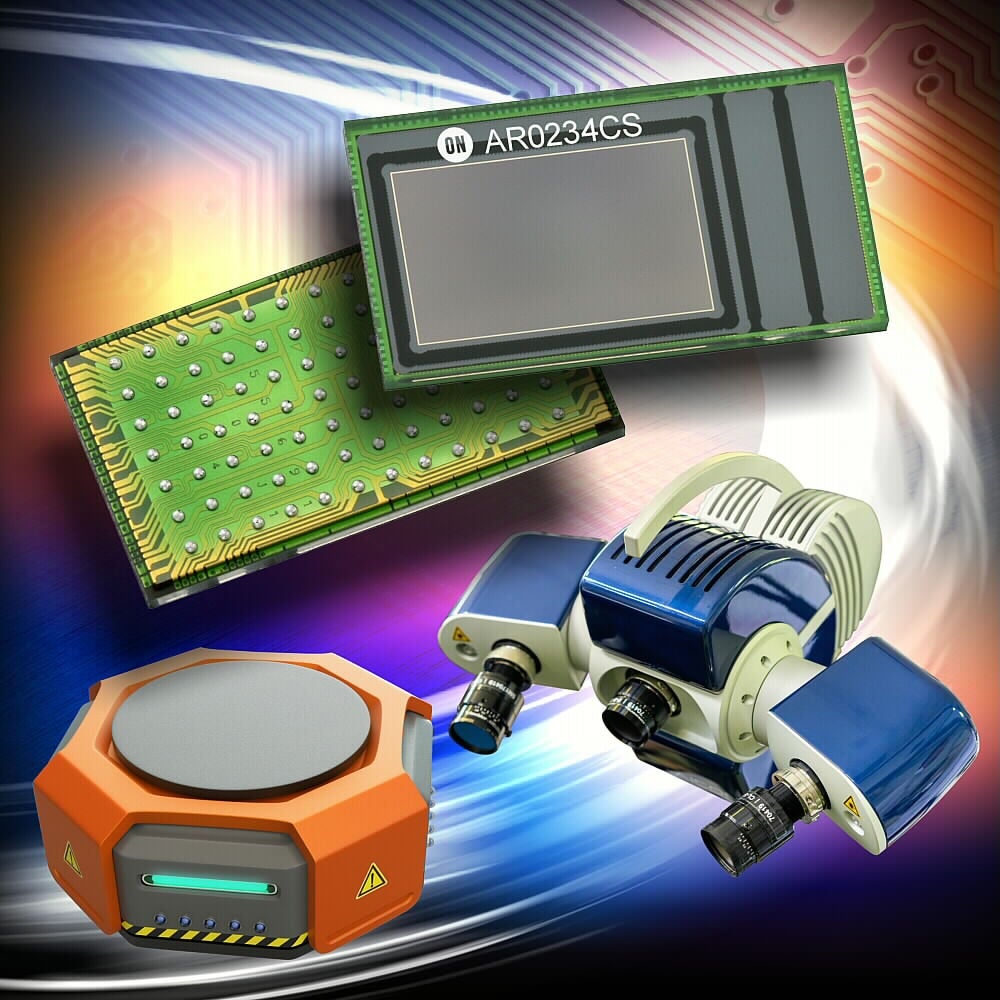AIoT Edge Computing is the convergence of IoT and Artificial Intelligence systems. Instead of data being processed in the cloud on powerful central computer servers, some of the data crunching and algorithms run at the edge on multiple devices such as video cameras that now have increased processor power. These powerful devices analyze smaller amounts of data but on many machines.
Some of the benefits to this network architecture include the increase in speed due to reduced latency, improvements in data privacy, plus a significant reduction in the cost of cloud services as fewer cloud resources are used.
During COVID, there has been a significant uptake in use cases and applications due to the need to check, screen and validate compliance to workplace procedures that have been put in place to combat the spread of the virus. As companies and facilities look to reopen safely, they are turning to new technologies like AIoT to help them.
With so many temperature measurements and video images being taken as people enter office buildings, airports, schools, etc., it is difficult to transfer all this data to the cloud for processing. Not only is it costly but it is also impractical from a data privacy and latency issues perspective, as mentioned above. What is proving to be much more efficient and effective is for these images and data to be processed at the edge, using the most recent edge computing platforms like the i500 Pumpkin developed by OLogic in collaboration with ON Semiconductor.
OLogic i500 Pumpkin
These new edge computer products have superior processing power and high-definition computer vision camera capabilities, making them ideal to process the data quickly and privately at the edge.
ON Semiconductor is a leader in advanced imaging solutions, producing a wide range of high-resolution rolling shutter and global shutter image sensors combined with innovative pixel technology. The sensors produce clear, low noise images within both low light and bright scenes. In addition, the global shutter pixel architecture is optimized for accurate and fast capture of moving scenes.
This is important as the AI and machine learning algorithms need accurate data to perform their calculations, increasing the accuracy of the tests or alerts being generated by the system.
Advanced video-based access control is one such use case that has gained traction as companies and building managers search for ways to protect their personnel and customers when entering a facility. The AI algorithms running on the edge device use the high-definition camera images to check to see if people are compliant with the organization’s policy of wearing a facemask as they enter a facility. As people approach a gate to enter the building, an employee can quickly be scanned by the camera. Through the local computational processor running the computer software algorithm at the edge, an alert can be generated and the person will be informed that they must wear a mask before entering the facility. These same edge devices can measure the person’s temperature, checking to see if the individual may have early signs of a fever, one of the first indicators of the virus. COVID-19 has clearly highlighted the issue of how viruses spread and has raised people’s awareness and concerns about healthy work and school environments. This is unlikely to change even once COVID is less of a risk or issue. People and organizations are now very aware of the risks posed by others in these closed environments and to ensure a safe workplace is provided for their employees.
AR0234CS 2.3 Mp CMOS Image Sensor
As the video images continue to increase in resolution and low light capability and the processors at the edge increase in power, we will see even more new use cases come to market. Especially as computer power increasingly moves to the edge of the network through connected devices and the continued expansion of the Internet of Things (IoT).
Ologic “is excited to collaborate with ON Semiconductor when using the Pumpkin i500 EVK, a single board computer to help bring the emerging AIoT use cases to life and jump-start the development of products requiring display and camera capabilities”, said Ted Larson, CEO, OLogic.
Learn more about the Pumpkin i500, or check out some of the latest image sensor solutions from ON Semiconductor below.
• AR0234CS, 2.3 Mp CMOS Image Sensor
• ARX3A0, 0.3 Mp CMOS Image Sensor, 360 fps
• AR1335, 13 Mp CMOS Image Sensor
• AR0430, 4 Mp CMOS Image Sensor
• AR0144CS, 1 Mp CMOS Image Sensor
• AR0330, 3 Mp CMOS Image Sensor
About OLogic:
OLogic is a team of designers and engineers with a passion for development and new ideas. OLogic serves the needs of our customers with expertise in areas of electronics design, embedded software, mechanical and industrial design, and low-cost design for manufacturing solutions.
Be sure to subscribe to our blog and follow us on social media to receive the latest updates on our technologies, solutions and company news!
Twitter | Facebook | LinkedIn | Instagram | YouTube


